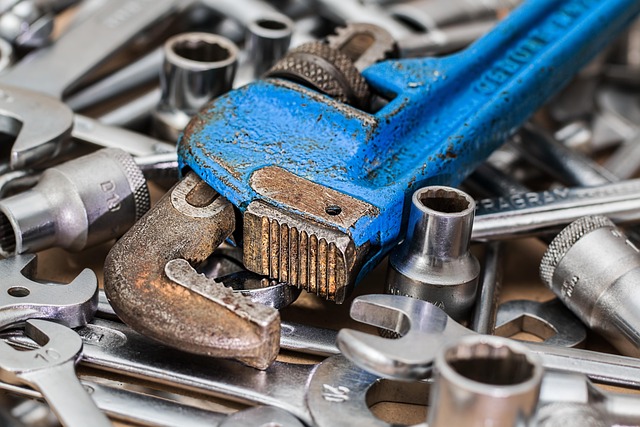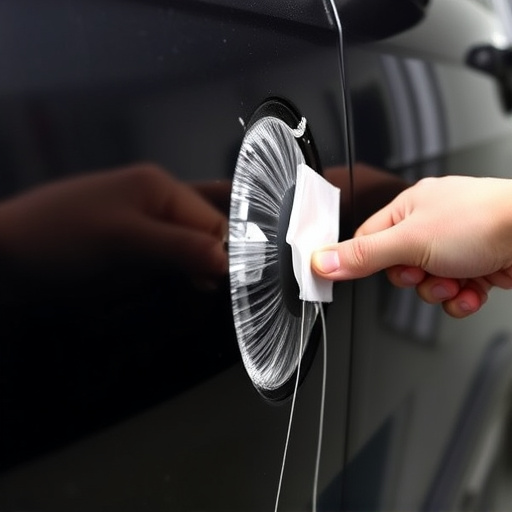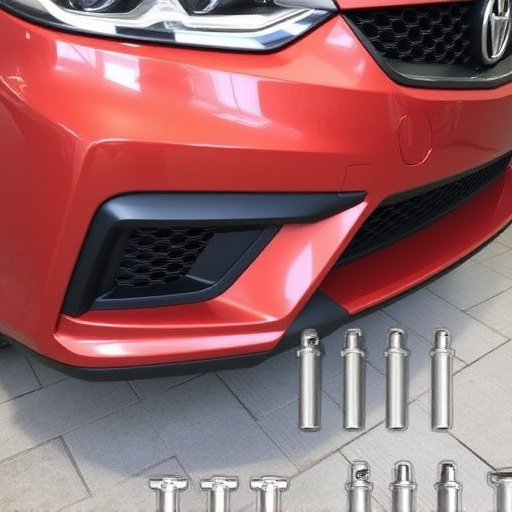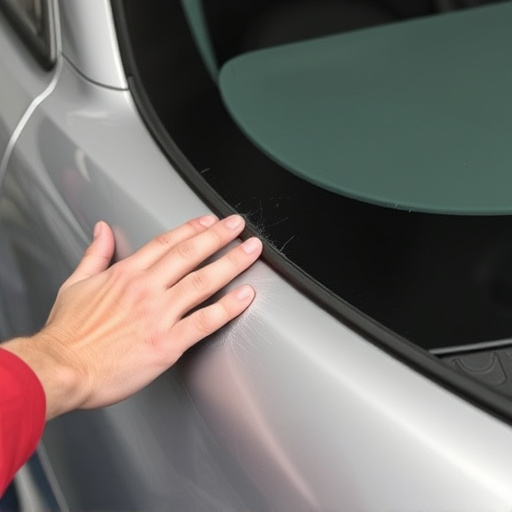A transparent repair process is key to maintaining high quality control in auto restoration, fostering trust through clear communication and detailed documentation for all parties involved. This method includes thorough records, advanced tracking technology, regular quality checks, and open dialogue among technicians, revolutionizing car repair services by ensuring accuracy, efficiency, and customer satisfaction.
In today’s digital age, ensuring transparency in the repair process is paramount for maintaining high-quality standards. This article delves into the critical need for openness within the repair industry and explores how a transparent approach significantly enhances quality control measures. We’ll break down key elements that constitute an effective transparent repair process, highlighting its numerous benefits, from improved customer satisfaction to reduced errors and increased efficiency.
- Understanding the Need for Transparency in Repairs
- Key Elements of a Transparent Repair Process
- Benefits of Transparency on Quality Control Measures
Understanding the Need for Transparency in Repairs
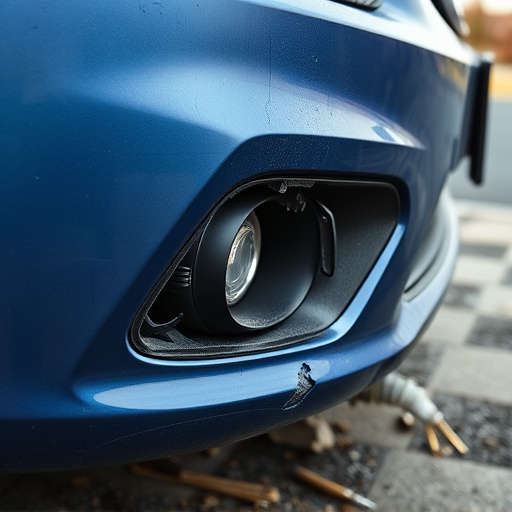
In the realm of auto repair, transparency is a game-changer when it comes to maintaining quality control. Customers often bring their vehicles to trusted auto repair shops for car paint repairs or other services, expecting nothing but the best. A transparent repair process ensures that they receive exactly that. It involves clear communication between the shop and the customer about the extent of damage, proposed solutions, and estimated costs. This level of transparency builds trust and allows customers to make informed decisions.
Moreover, a transparent approach facilitates efficient quality control measures. By documenting every step of the repair process, from assessment to final inspection, auto repair shops can easily track their work and identify potential issues early on. This not only enhances the accuracy of repairs but also ensures that no detail is overlooked, especially in complex automotive repair tasks like car paint restoration. Such transparency is crucial for upholding high standards and keeping customers satisfied.
Key Elements of a Transparent Repair Process
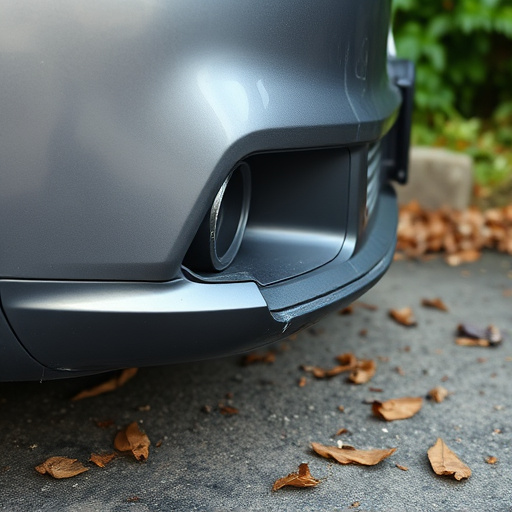
A transparent repair process is pivotal in maintaining high standards of quality control within the automotive industry, especially after incidents like car collisions or extensive vehicle body repairs. This approach ensures every step of the restoration process is clearly communicated and accessible for review by all stakeholders, from insurance companies to vehicle owners. Key elements include comprehensive documentation that details each phase of repair, from initial assessment to final inspection.
This means using advanced technology to track parts inventory, record labor hours, and document quality checks at each stage of automotive restoration. It also encompasses fostering open lines of communication between repair technicians, ensuring everyone involved understands the goals and procedures. This transparency not only builds trust but also allows for continuous improvement in service delivery, ultimately benefiting both customers and the industry as a whole through enhanced vehicle body repair practices.
Benefits of Transparency on Quality Control Measures
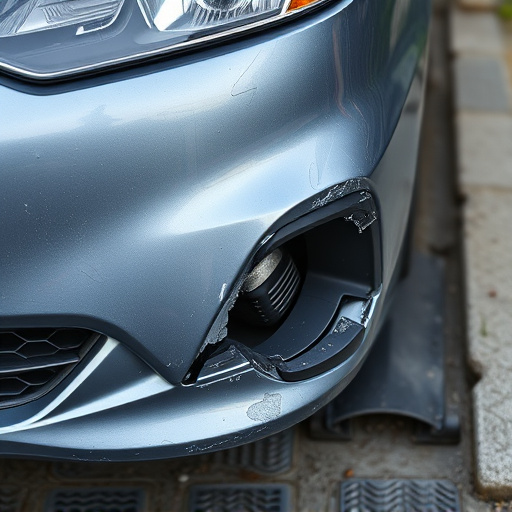
A transparent repair process significantly enhances quality control measures across all aspects of car repair services and auto glass repair. When a transparent repair process is implemented in a car repair shop, it promotes open communication, allowing for better collaboration among technicians, managers, and customers. This clarity ensures everyone involved understands the scope, methods, and materials used in each step of the repair, fostering trust and confidence in the overall quality of work.
Moreover, transparency enables efficient tracking of repairs from start to finish. Customers can easily access detailed information about their vehicle’s diagnostics, parts replacement, and labor costs, eliminating uncertainties and doubts. This not only empowers them to make informed decisions but also gives car repair shops an opportunity to rectify any potential errors promptly. A transparent repair process is, therefore, a game-changer in ensuring the highest standards of quality control in auto glass repair and all other car repair services.
A transparent repair process is not just a best practice; it’s a critical component in enhancing quality control measures. By implementing key elements such as clear communication, accessible documentation, and comprehensive reporting, organizations can ensure that repairs are conducted with precision and integrity. This approach not only builds trust among stakeholders but also leads to improved efficiency, reduced costs, and higher overall product quality. Embracing transparency in the repair process is a strategic move towards excellence and customer satisfaction.

